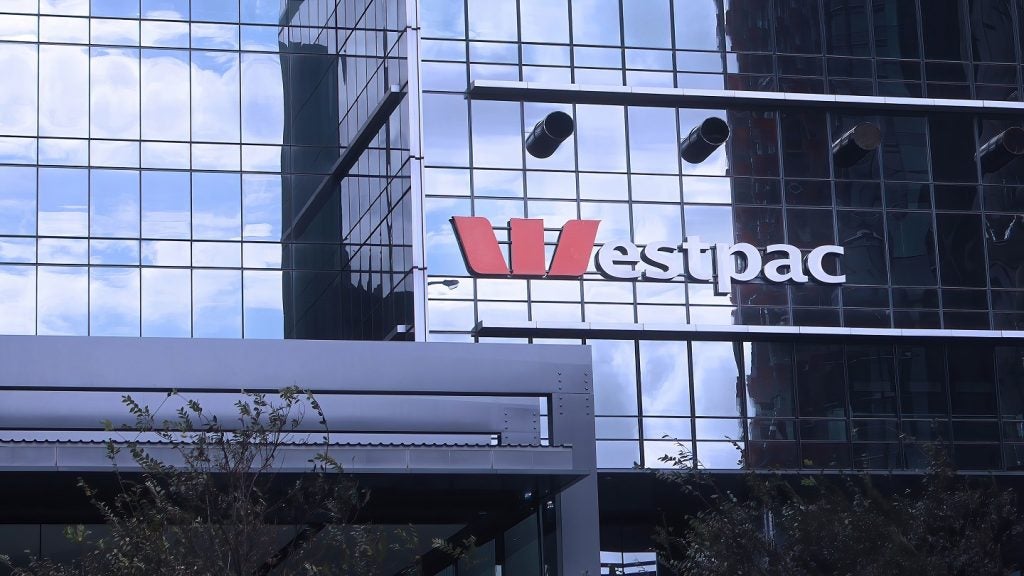Ignore the hysteria and the hype. If the consumer business press is to be believed, Standard Chartered (StanChart) is in a mess.
The news today of StanChart’s fall in first half profits – combined with news of a further financial penalty to be imposed by US regulators – has resulted in a degree of over-excited comment and overblown negative headlines, writes Douglas Blakey
One well known and respected analyst has been doing the rounds parroting a snappy sound bite about StanChart needing to turn around the ship, sharpish.
In as few words as one can – and with the greatest of respect – bunkum.
For the record, StanChart posted profits before tax of $3.26bn, down 20% from the year ago quarter; operating income slipped by 5% to $9.27bn; the Financial Markets unit ensured a tricky first half with income down a whopping 25%; and the bank’s Korean arm continues to haemorrhage earnings.
Such metrics are unwelcome and more than justify StanChart CEO Peter Sands summarising the first half as ‘disappointing’.
Happily ignoring the business press take on StanChart’s first half, a more sober analysis might run something as follows:
– Korea has been a bit of a mare – but the figures for the six months to 30 June do not come as a shock.
The bank took a $1bn goodwill write-down in Korea last year; StanChart is being hammered by Korea’s Personal Debt Relief Scheme and in the first half of fiscal 2014 the bank’s Korean retail banking unit reported a loss of $148m.
StanChart’s Korean solution is to sell its local consumer finance and savings business to J Trust for a small incremental loss on disposal.

US Tariffs are shifting - will you react or anticipate?
Don’t let policy changes catch you off guard. Stay proactive with real-time data and expert analysis.
By GlobalData– Retail banking (excluding Korea) StanChart’s retail banking unit is in pretty good shape.
Excluding Korea, retail banking income rose by 1% in the first half with profits up by 12%.
Retail banking profits increased by 16% in Hong Kong; in Singapore and Africa, retail banking profits rose by 57% and 42% respectively.
Across the group, StanChart is well advanced in reshaping the retail branch network with a greater emphasis on digital and self service.
Quite correctly, StanChart has recognised that in retail banking, digitisation is the overriding theme
– StanChart’s core markets in Asia, Africa and the MiddleEast are continuing to grow rapidly, and demand for banking services is growing faster than GDP;
StanChart’s share price has nosedived by around one-third in the past year.
If StanChart can successfully execute its disposal strategy and re-engineer what it terms its ‘segment strategies’ it is not unreasonable to expect the StanChart share price to recover in the second half of the year.








